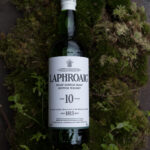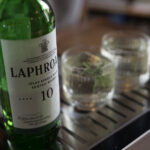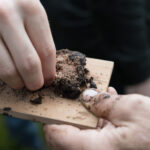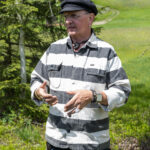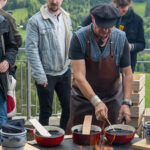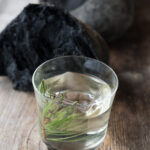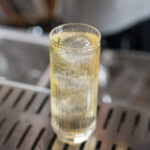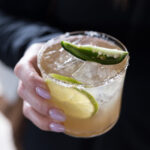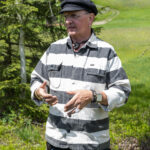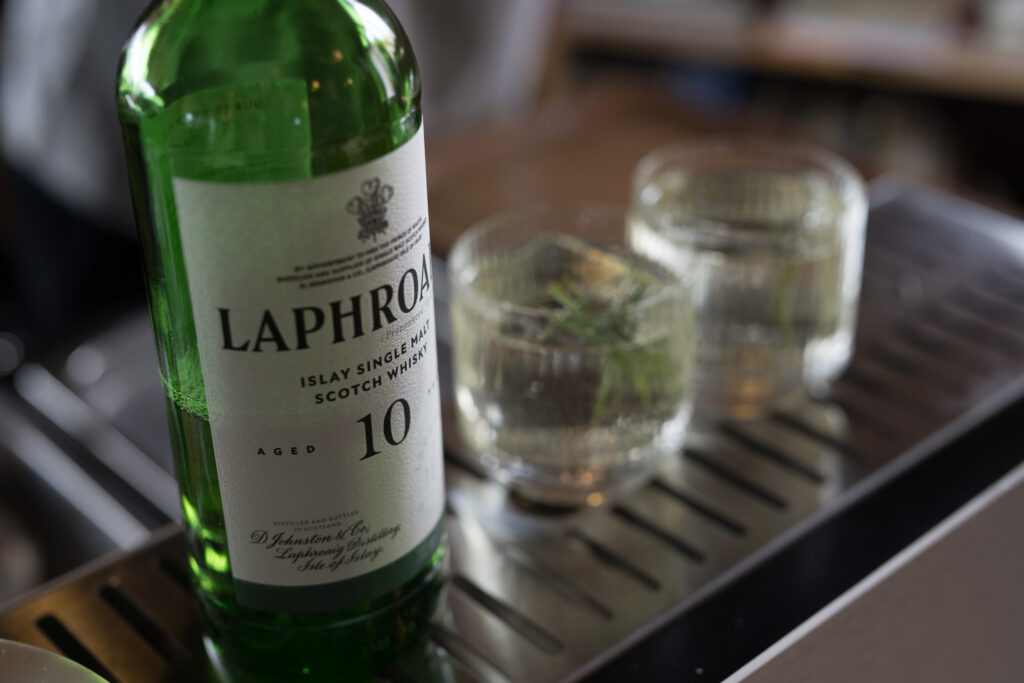
Entlenbuch is located at an altitude of around 730 meters / 2400 feet in the heart of Switzerland. A UNESCO biosphere, its uniqueness also makes it one of the most valuable landscapes in Central Europe. Here, people live among picturesque mountain landscapes, which they have tamed from the wilderness over the centuries and still cultivate today. The harsh Alpine climate demands great efforts to produce good enough crops or wild growth. This is a high moorland area with its microcosm of flora and fauna. The inhabitants of the Entlenbuch live in harmony with nature, which also sets the rhythm. In the middle of it all is a star chef who has become the focus of the culinary scene thanks to 17 Gault Millau points and a Michelin star: Stefan Wiesner.

He is definitely from there. He knows virtually every corner and knows where to protect nature and what it gives you if you know where to look to find it. His unmistakable style of cooking has made him famous – far beyond the canton and the country he loves so much. When you see him standing in front of you in the peat bogs, it’s hard to imagine a tight gourmet kitchen with a kitchen crew that works like Swiss clockwork. He doesn’t see himself as a traditional chef either, but rather as a pioneer of his time. If you listen to his calm voice, you first have to get used to the rhythm of his words. His way of speaking carefully and attentively, always listening to the sounds of nature, stands in stark contrast to the flood of information on social media, which often rushes past the consumer unnoticed. Stefan Wiessner is an inventor, artist and philosopher, as well as a researcher and explorer. Perhaps this is why he has the nickname „the witcher of Entlenbuch“.
Between birch forests and the moor
His cuisine is based on the findings of neurogastronomy, which characterizes the culinary experience through multimodal perception. This means that all our sensory impressions influence the processing in the brain – and ultimately the experience itself. The focus shifts from the food itself to its effect on people. What we taste, hear, smell, see and feel interacts with our personal identity, our emotions, memories and our consciousness. Not only the food, but also the surroundings and our sensations play a role in the gastronomic experience. This is where Stefan Wiesner’s entire philosophy comes in. Equipped with a small spade, he searches for a suitable spot in the Swiss peat between birch forests. Water springs up from the soft ground with every step. A few stabs into the moor are enough to loosen and gently extract this unique soil. He adds some peated Laphroaig and chocolate shavings to the damp peat. Anyone who thinks that this combination is difficult to achieve will be surprised. Not only the consistency, but also the aroma is reminiscent of a chocolate and whisky muffin – and not of freshly cut peat.
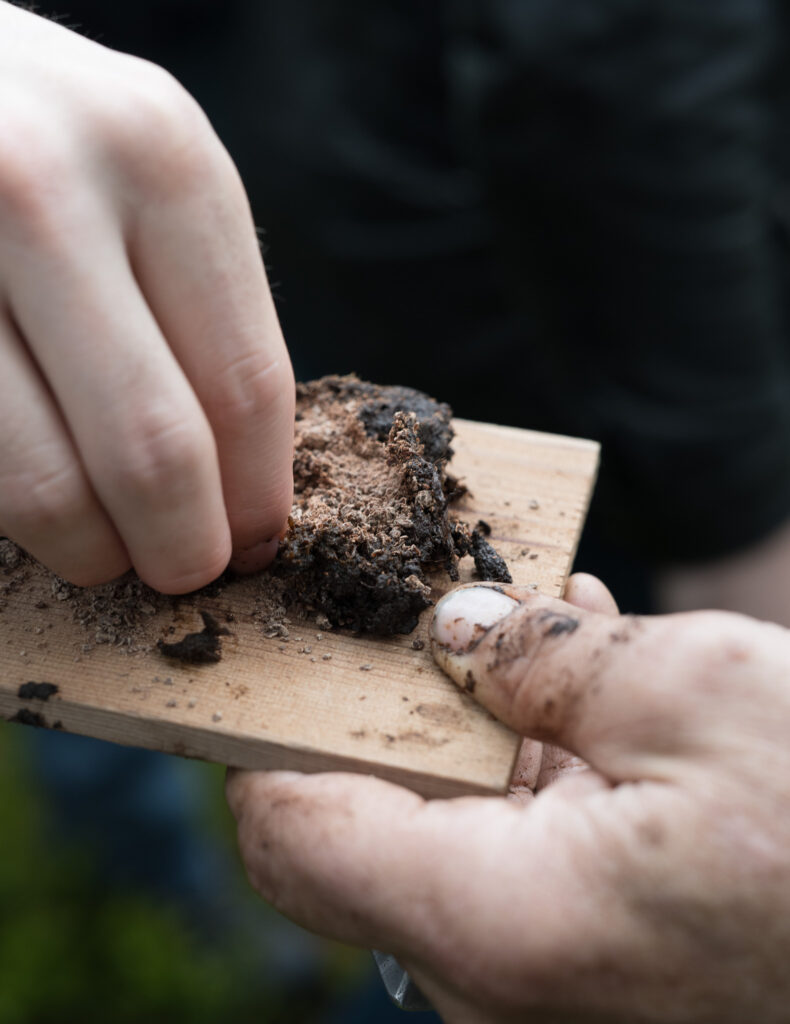
Stefan Wiesner celebrates his culinary art at the Wiesner Mysterion on the Brahmboden, a converted hostel with a fantastic view over the Entlenbuch. This is his new home, where he and his kitchen crew indulge their passion for discovery and experimentation. The Mysterion is an experimental kitchen where the flavours of old plants are rediscovered and processed in different dimensions. His favorite way to cook is on a fire ring. The food is processed over a wood fire in its original state. The smell of the smoke, the hissing of the moisture, the food and the aromas awaken our memories. The star chef prepares the food just as our ancestors have done for thousands of years: Eating as social interaction, as togetherness. Eating and drinking as a connection.
The connection between nature and cuisine
This is precisely why food pairing is considered the great art of culinary art. Wiesner and the famous Laphroaig Scotch whisky are a connection in themselves. Their common foundation is the elements and ingredients that make up their unique story. „Peat, Salt and Fire“ are the cornerstones of their work. „Peat“, which was once considered the poor man’s coal, gives Laphroaig its typically unmistakable aroma. The scent of smoke harmonizes with the subtle vanilla and apple of the strong Islay. Wiesner serves a birch and salt soup with it. On the Feuerring, he cooks salmon on moss and a strong, aromatic risotto, refined with Laphroaig. But it’s not just the skillful integration of the peaty, medicinal whisky that makes you want more.
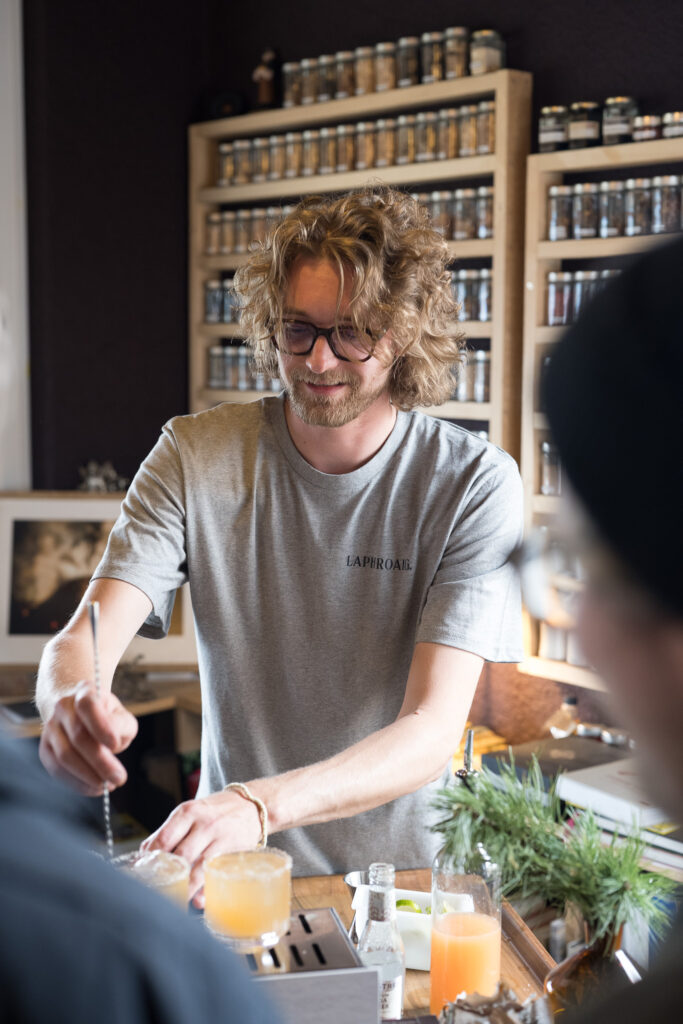
Wladi Reichert, one of the best-known bartenders in Germany, adds another gustatory level to Wiesner’s world. Unlike spirits, cocktails are considered challenging in food pairings: the alcoholic content is often too strong over several courses and the drinks are usually aromatically self-contained. Creating a connection to Wiesner’s menu with Laphroaig and the ingredients of the region is therefore a mixological task. It requires not only a deep understanding of the ingredients and their preparation, but also of the complex aromas of the menu. Wladi Reichert succeeds brilliantly in crossing the boundary between bar and kitchen and demonstrates the aromatic diversity that natural cuisine offers with the right preparation methods.
LAPHROAIG WLAD MILKPUNCH
from Wladimir Reichert
40 ml Laphroaig 10
20 ml Faude feine Brände – Spruce sprout spirit
15 ml Sugar Spirit
25 ml Acid
40 ml Pine shavings infused milk
Deko: Pine Needles
Glas: Tumbler with a large ice cube
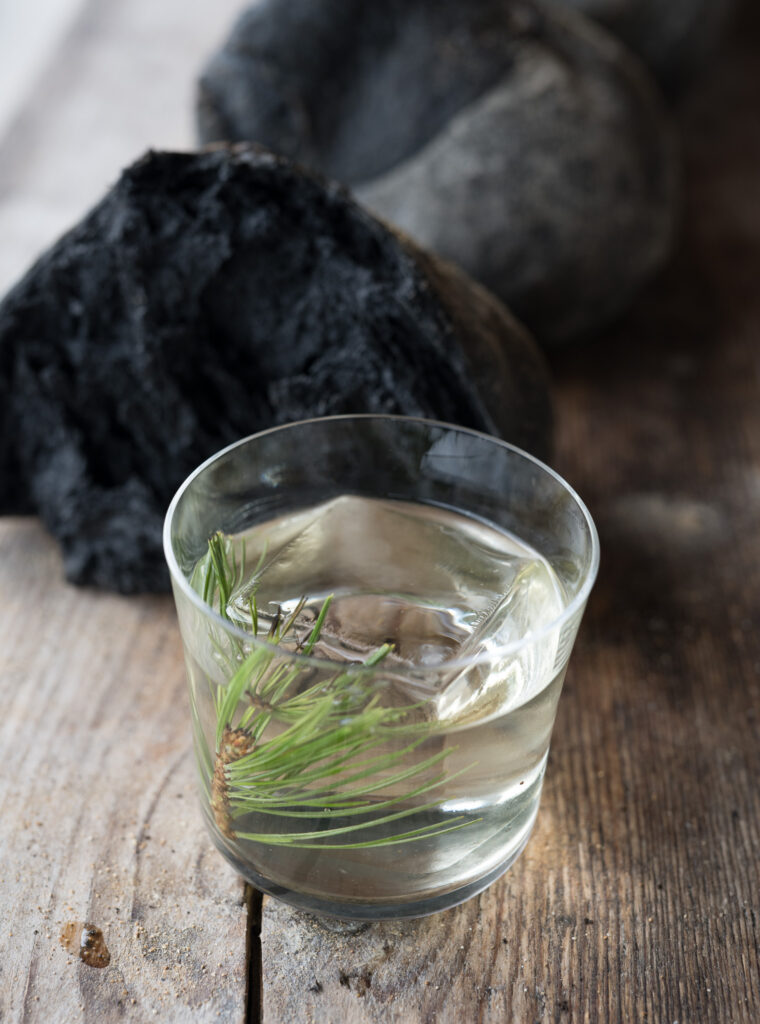
LAPHROAIG BIRKEN HIGHBALL
from Wladimir Reichert
30 ml Laphroaig 10
120 ml Birch soda*
Glas: Highballglas
Deko: Birch bark
* 1000ml birch sap, 200g sugar, 15g citric acid, mix and carbonize
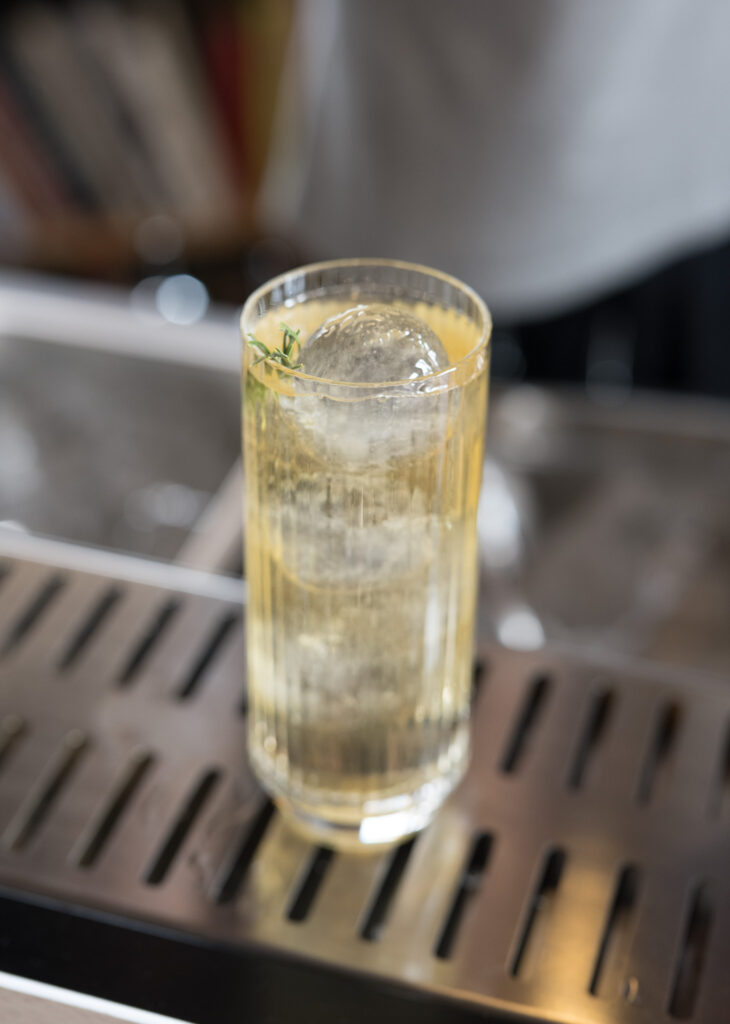
Text: Pat Braun & Ina Wittmann
Pictures: Pat Braun
